Off-piste experience
“While We Wait” is a series of blogs that will lead up to the winter, where we prepare you for your ski vacation or your ski season. This time we will go into depth around the topic off-piste. If you want the ultimate ski or snowboard experience, you should definitely try going off-piste. If you are new to off-piste or would like to know more, please continue reading this blog about what it takes to have a good off-piste experience on your ski holiday or ski season.
What is off-piste? Going off-piste means that you go skiing and/or snowboarding outside the groomed pistes in the ski area. Off-piste is also often called freeride, backcountry, powder, pow, powders, ski touring, ski mountaineering, split-boarding and more.
Off-piste is the ultimate ski and snowboard experience. The indescribable feeling of sliding through fresh, fluffy snow and almost surfing down the mountain. Compared to skiing and snowboarding on groomed slopes, off-piste is a completely different dimension. Freedom, nature experiences, less people and challenges in the loose snow characterise off-piste skiing at its best. If you want to get away from the crowded pistes and long lift lines in the ski area, then off-piste is definitely something for you to try on your next winter experience.
Be 100% safe- off-piste safety and avalanche awareness
The three most important things in off-piste skiing and snowboarding are safety, safety and safety. It is crucial to your and others’ experience when going off-piste that everyone has 100% control and knowledge about the safety. If you are not already familiar with what is required, it is very important that you get professional guidance from a competent off-piste guide. Only when safety is in order, can you enjoy the runs freely.
Safety:
- Get the right off-piste training and invest in an off-piste guide or training course – it’s all worth the money. You get professional off-piste guidance in how to behave in the off-piste. As well as safety and avalanche awareness plus plenty of training. If you have been skiing with an off-piste guide before, it’s still a good idea to refresh your memory. We recommend getting shown around and introduced to all the guide’s secret routes.
- Avalanche equipment – always carry it and practice often with your friends / family.
- Check out avalanche hazards before and every day you’re out and about. All ski areas signals how high the avalanche danger is, so take note what the danger looks like on the day you are going out. Ask in the local rental shops and ski schools what they think of the conditions. Of course, there is also great help to be found on the web.
- Always ski with others! It is very dangerous to ski alone, if you are unlucky and something goes wrong, no one can help you. But don’t go too many together!
- Always plan where you want to go, how to get home safely and what to do if an accident occurs. Tell others about your plans and enlist rescue phone numbers in your cellphone.
Off-piste can be for all levels
Off-piste skiing and snowboarding is for riders of all levels, it’s just about finding the right challenges to one’s level. The most important thing is to seek out the right knowledge. Get professional guidance to learn about snow conditions, avalanches, equipment and safety. Like so many other things, such as driving a car, cycling and sailing, there are some risks that you might not think about at first. With the right guidance and common sense you can avoid many of the uncertainties in the off-piste, and instead get plenty of amazing experiences you could only dream of. The best way to find your level is to run with a professional off-piste guide who can judge your level and provide individual guidance.
If you’re really passionate about learning off-piste techniques or getting even better, it’s possible to take an off-piste course over 20 days or 10 weeks of freeride course on a season in Canada. Our coaches on the course are trained mountain guides and are some absolute stars. In addition to getting you trained, they will also train you to pass CAA’s internationally recognised Avalanche Operation Level 1 course at the end of the season if you wish to participate in this. CAA level 1 is a good first step towards a career as an off-piste guide. With an off-piste guide, it is possible to get individual guidance and training in the off-piste each day to match the level of specific groups. Thereby we also have the opportunity to arrange tours for the experienced skier / snowboarder who wants to explore the terrain off the slopes more, or learn it for the first time. If you just want the basic tools, you have the opportunity to take a 2-day introduction to off-piste in either Canada or Japan.
Off-piste is divided into ‘sidecountry’ and ‘backcountry’
Sidecountry is off-piste skiing that is available from the ski lift system. It may be just to go out in the pristine snow right next to the groomed slopes and take a few turns then go back on to the piste. Alternatively, you can challenge yourself by skiing between two pistes or through the trees next to the piste.
Some ski areas even have marked pistes that they do not consciously prepare with their piste machines, so you can ski in deep snow on the marked areas. From the ski area you can also find a place to climb, for example with the skis on the shoulder, snowboard under the arm, or stretched outside on the backpack. If you have to go further you can get touring skis or a splitboard where you have a telemark style binding and skins under the skis, so that you can walk up the hill. This way you can get further away from the lifts and find some fresh powder, then find your way back to the lift system.
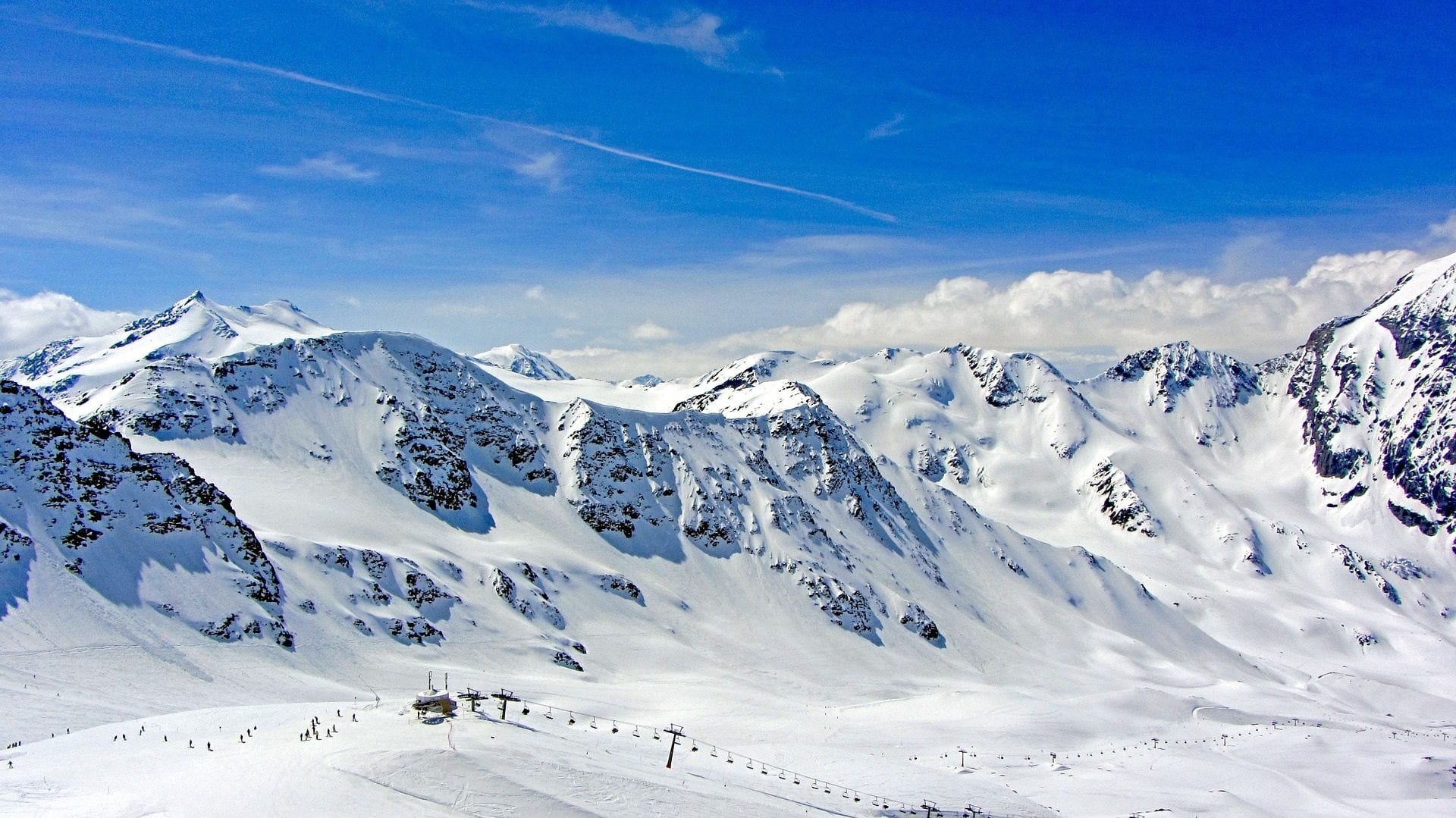
Backcountry is off-piste skiing that is not accessible from the lift system. Here you are out in the wild and can get a lot of extraordinary experiences. Those are not possible from the established lift system. The classic methods of backcountry are to use helicopter, catski, snowmobile and touring.
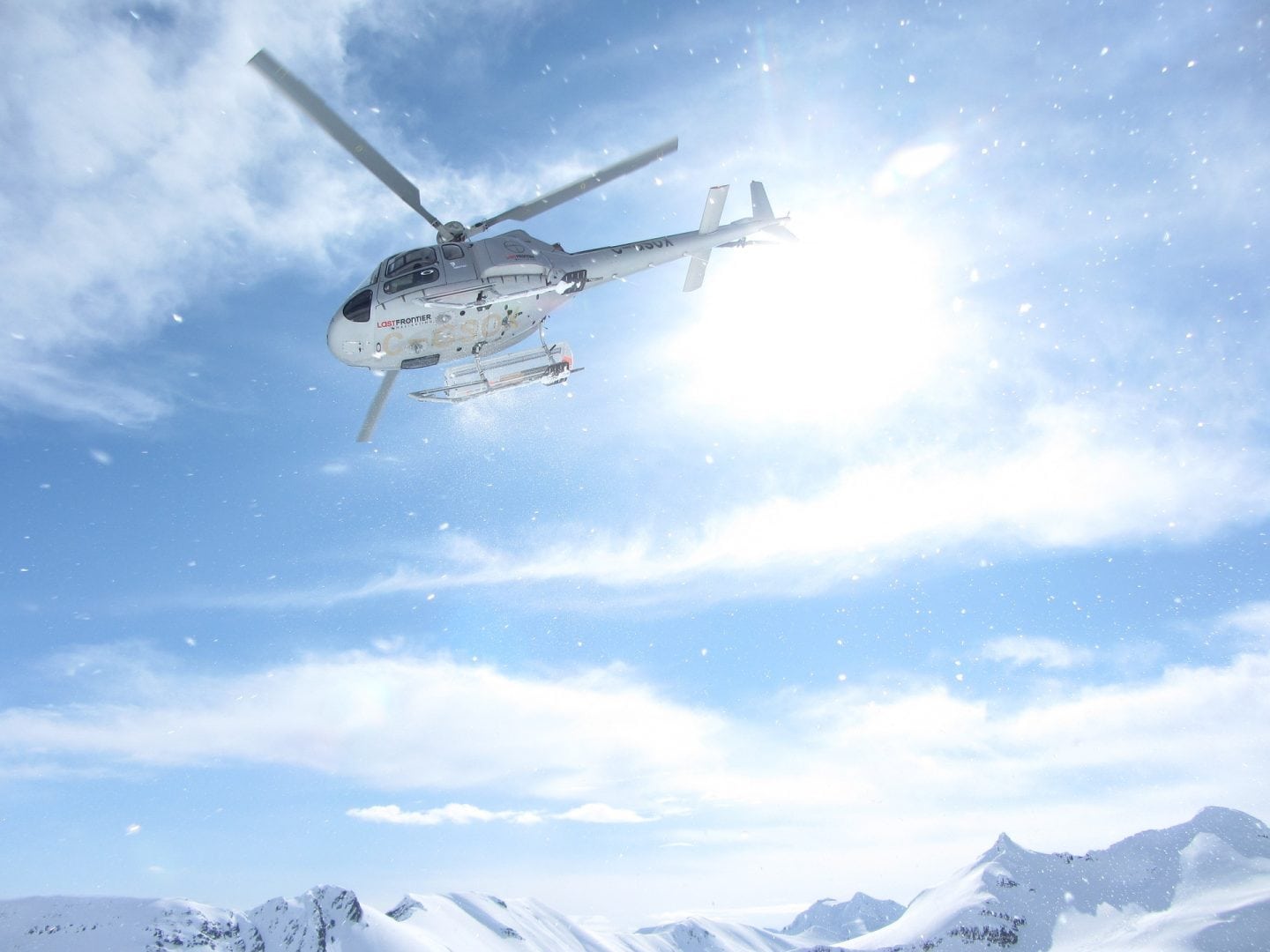
Helicopter or heli-skiing is the wildest experience. You will be flown to the top of a mountain and can ski down the mountain side from top to bottom where no one else has made tracks. We have created a heli-camp in Revelstoke, Canada, where you will be trained in the off-piste so you are ready for the ultimate helicopter ride with 5 lifts.
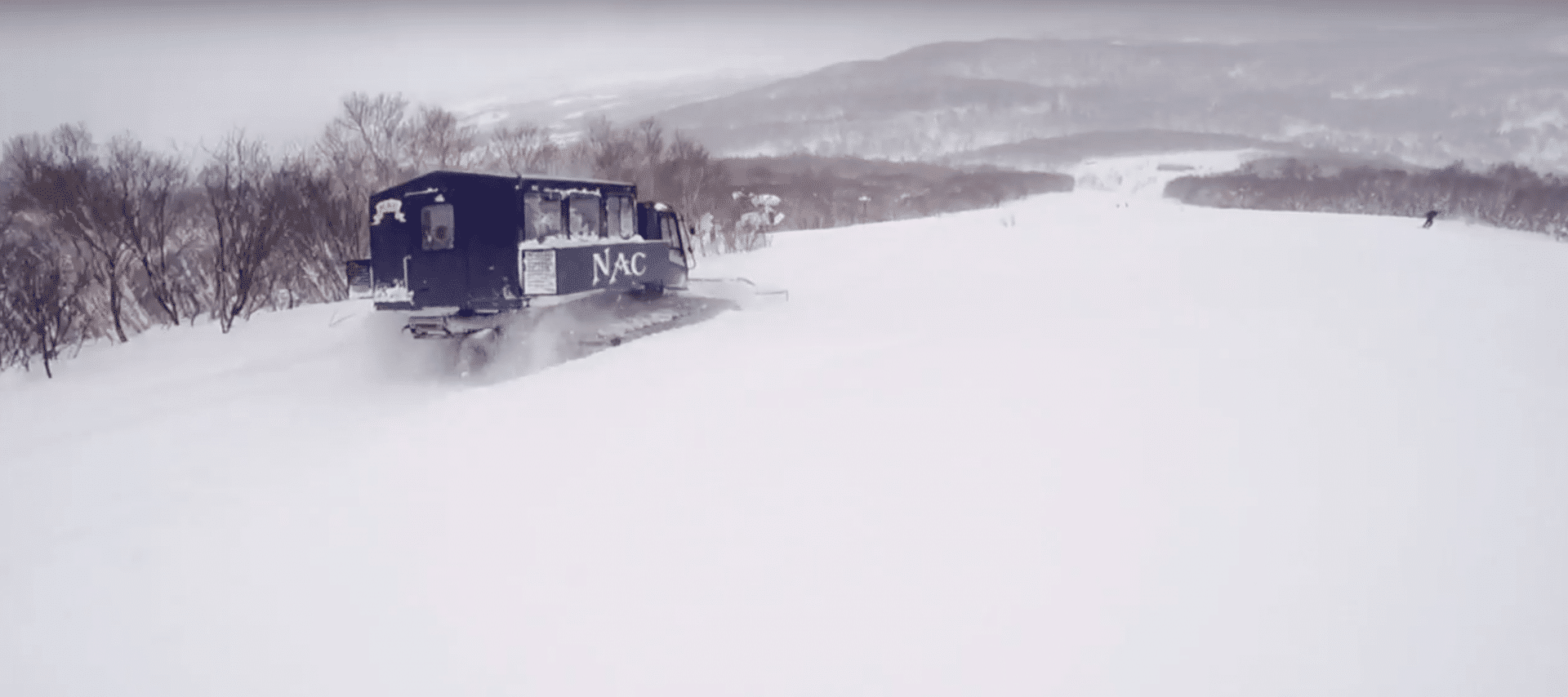
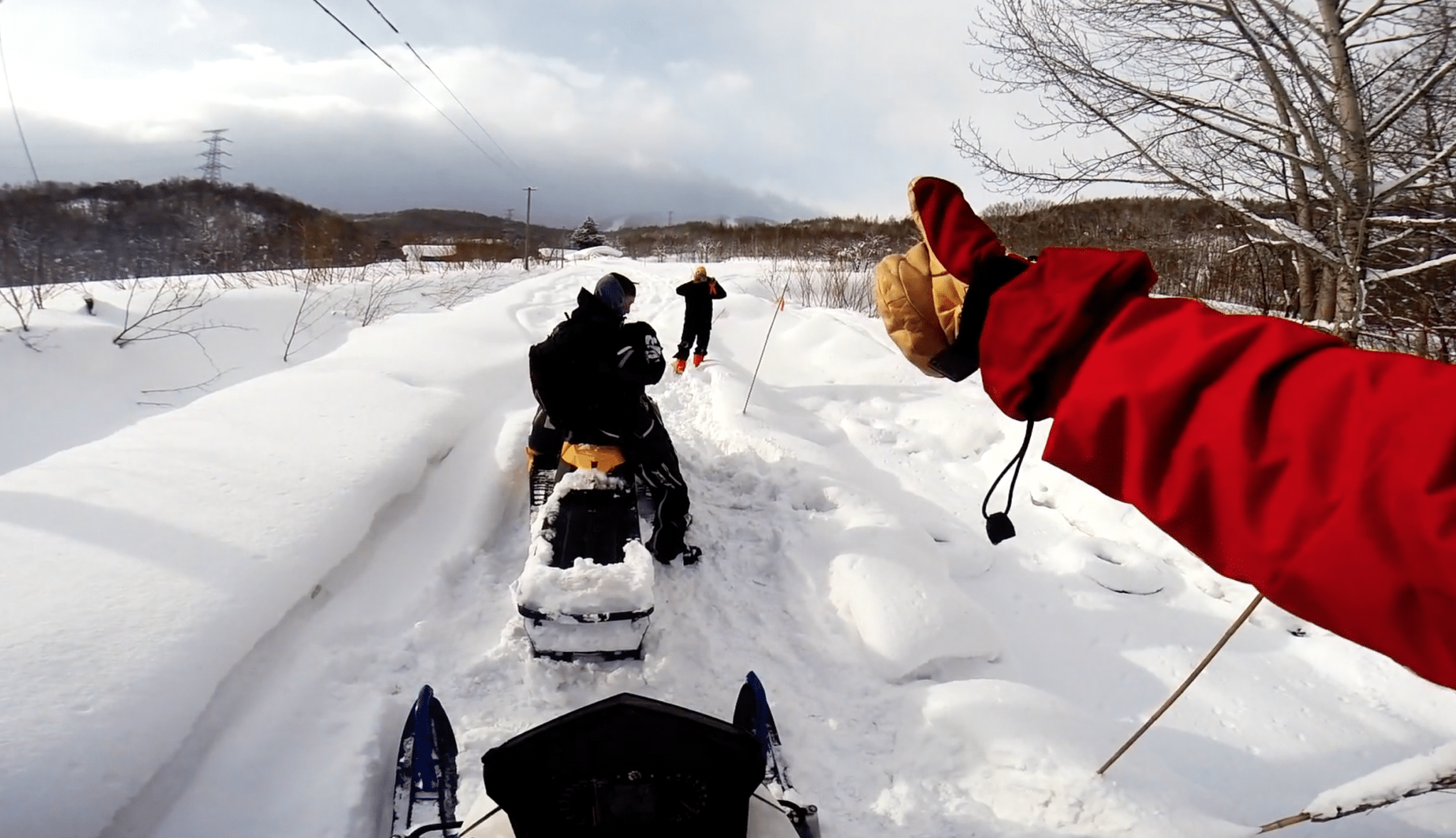
Snowmobiling is an experience in itself. You can rent a snowmobile just to ride it in deep snow and have fun. You can also use it as transportation to get around the backcountry and find your new favourite lines. If you have never tried a snowmobile before, you should follow a guide for the first time.
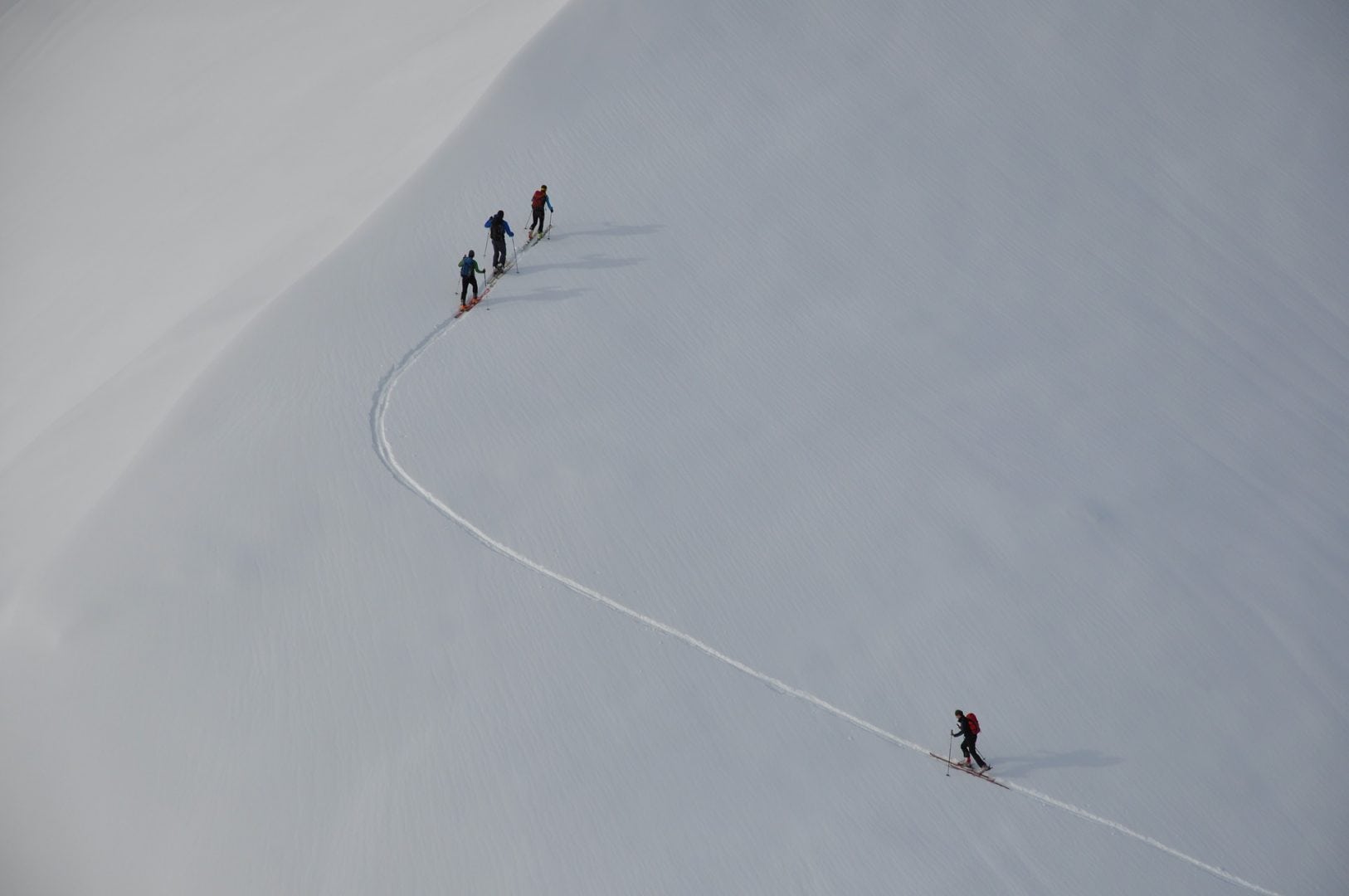
Touring is the ultimate adventure experience with a mix of skiing and outdoor life. It involves walking to the top with the skis on, which is called touring, backcountry touring, tour skiing, split-boarding and more. The special touring skis you use are first and foremost good for off-piste riding and deep snow. Telemark style bindings are fitted, which means that you can adjust the heel whether it is to be lifted or not.
On a snowboard you can use snowshoes and then fasten the snowboard on your backpack. You can also use split boards! They are specially made snowboards that can be used normally, but also with the ability to take off the bindings. Just split the board in the middle and put the bindings on as skis, and then walk uphill as on skis. Generally for touring skis and split-boards, you tighten skins under the skis so you can walk up the hill without sliding backwards.
Off-piste requires special skis and snowboards, avalanche gear and the right attire
When off-piste skiing it is important to have the right equipment, as skiing / snowboarding in off-piste requires specialised gear. In general, it is important to have the right clothing and avalanche equipment.
Skis and snowboards
- Skiing requires off-piste skiing and / or backcountry touring equipment
- Snowboarding requires either split-boards or snowshoes
- We recommend having your own ski / snowboard equipment, but it is usually possible to rent at the destination.
Avalanche Equipment
It is always a must to bring beacon, probe and shovel with you:
- We recommend a good backpack with room for all equipment (avalanche gear, extra goggles lenses, gloves, water, food, snacks, etc.), and good options to tighten the backpack on the chest and waist, so that the bag fits well.
- Beacon, probe and shovel (we recommend having your own avalanche equipment that you use every time, so you have trained with it and know it really well. However, it is always possible to rent avalanche equipment at the destination).
Clothing
- We recommend shell clothing (with snow pants or trousers). Good mid-layers (merino wool is recommended) which is breathable, as you will both sweat when going upwards. It will still be able to keep the heat down to minus 25 degrees – especially if wind and snow meet one on the road.
- Goggles with several lenses for different weather. Though, mainly for cloudy / low visibility snow.
- Two pairs of gloves so there is always a dry pair in your backpack.
- Balaclava (it helps to have one that you can pull up under the goggles and thus cover your entire face).
Off-piste experiences with Snowminds
Snowminds offers a number of experiential ski trips and courses in, among other things. Japan and Canada with professional off-piste guidance with local guides.
Off-piste courses in Japan
Off-piste courses in Canada
- 20 day off-piste training on a season in Canada with local guides – Off-piste course in Canada
- 10 weeks Freeride training on a season in Canada with local offpiste guide – Freeride course in Canada
- 5 day Heli-skiing and Freeride Camp in Canada – Heli Camp in Revelstoke
- 2 day off-piste introduction in Canada
Off-piste courses in Austria
- 10-, 17- or 23-day off-piste camp with safety training and professional teaching – Off-piste Camp
Off-piste Ski trips to Japan
- 10 days off-piste trip to Hokkaido with local guides – The Hokkaido Expedition
- 10 days off-piste trip to Honshu with local guides – The Honshu Expedition
- Tailor your trip to JaPOW – Tailor Made ski trip to Japan
Off-piste Ski trips to Canada
- Tailor your trip to Canadas powder-paradise – Tailor Made ski trip to Canada
If you are interested in hearing more about our off-piste experiences or what it’s like to do a season, you are more than welcome to contact us 🙂
